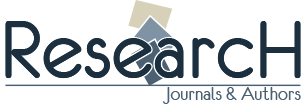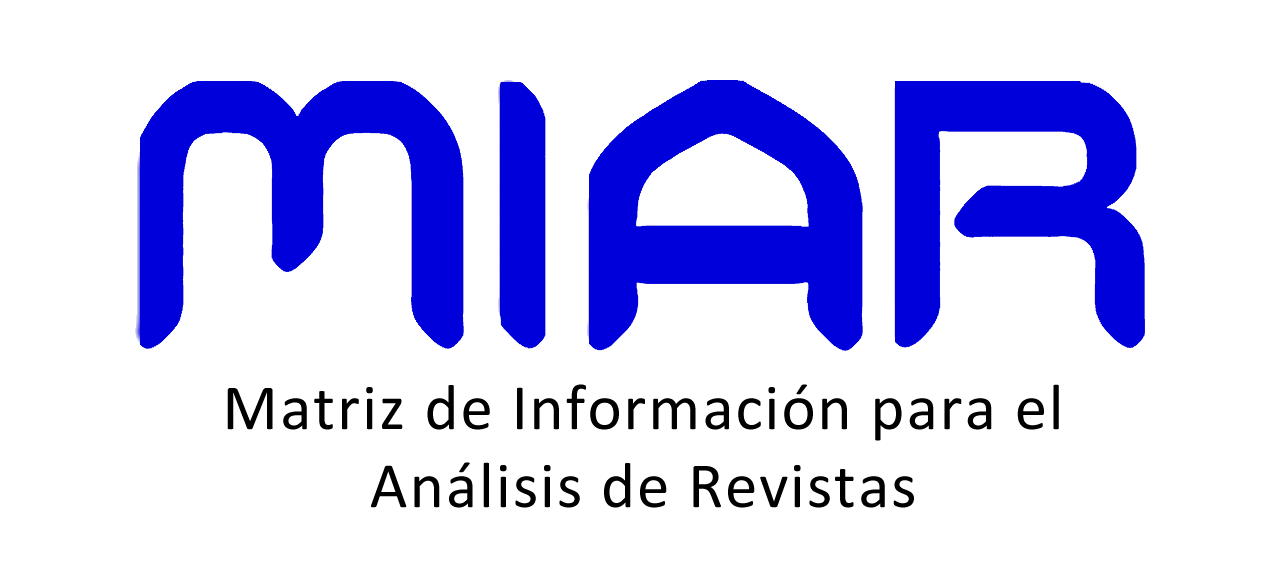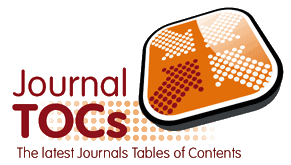Dialogues for esthetics of deconstitution. Monuments, anti-monuments and devices of memories, memoirs and practices
DOI:
https://doi.org/10.24215/16696581e062Keywords:
Monuments, Antimonuments, Semiotics, Aesthetics.Abstract
The present work proposes in the first place, a dialogue between two different theoretical developments that find in the space of this writing, possible conjectures about monumentality and its temporal and spatial modalization.
Converging in this exchange, concepts developed by Yuriko Saito, related to the aesthetics of climate, and Rodolfo Kusch, linked to the aesthetics of the American. To this first frame, different developments and reflections are added that from Semiotics and Philosophy allow different types of articulations between the proposed authors.
In this sense, it is a work of essay-based exploration that has the pretension of opening the conceptual field of duality monumentality/antimonumentality to contribute to the construction of a critical apparatus that allows establishing new projections/designations; open symbols to deconstruct these sites and project their possible transformations.
It is structured in three dialogues. The first develops the link between climate and territory; the second, the relationship between the individual and the collective; the third, the place occupied by western monuments in America as producers of otherness.
In addition to this general framework that structures the work, there is a second moment in which other possible exchanges linked to different hypotheses are established from which to project different ways of doing and proposing works. Works that allow us to approach from different theoretical and aesthetic perspectives the tension of a field that expands, where the discursive and the projectual are articulated in statements that refract the complexity of a multiple approach.
Downloads
References
Blanco, P.; Carrillo, J.; Claramonte, J. y Expósito, M. (2001). Modos de hacer: arte crítico, esfera pública y acción directa (Presentación). Ediciones Universidad de Salamanca, Salamanca.
Foucault, M. (1984). De los espacio otros (conferencia). Architecture, Mouvement, Continuité, 5, París.
Krauss, R. (1998). La escultura en el campo expandido. En Foster, H. La Posmodernidad. Editorial. Barcelona: Kairós.
Kusch, R. (1958). Anotaciones para una estética de lo americano. En Obras Completas-Tomo IV. Rosario: Editorial Fundación Ross.
Magariños de Morentín, J. (2010). Relación entre la historia de la humanidad y la historia de los sistemas semióticos. Recuperado de http://ruc.udc.es
Saito, Y. (2005). The aesthetics of weather. En Light, A. y Smith, J. M. (Ed.). The aesthetics of everyday life. New York: Columbia University Press.
Ongaro Haelterman, C. (2008). Etica y Est-ètica pensados desde América Latina (Tecknè, Bs. As.)
Downloads
Published
How to Cite
Issue
Section
License
La aceptación de un original por parte de la revista implica la cesión no exclusiva de los derechos patrimoniales de los/as autores/as en favor del editor, quien permite la reutilización, luego de su edición (postprint), bajo una Licencia Creative Commons Atribución-NoComercial-CompartirIgual 4.0 Internacional (CC BY-NC-SA 4.0)
Acorde a estos términos, el material se puede compartir (copiar y redistribuir en cualquier medio o formato) y adaptar (remezclar, transformar y crear a partir del material otra obra), siempre que a) se cite la autoría y la fuente original de su publicación (revista y URL de la obra), b) no se use para fines comerciales y c) se mantengan los mismos términos de la licencia.
La cesión de derechos no exclusivos implica que luego de su edición (postprint) en Question las/os autoras/es pueden publicar su trabajo en cualquier idioma, medio y formato; en tales casos, se solicita que se consigne que el material fue publicado originalmente en esta revista.
Tal cesión supone, también, la autorización de los/as autores/as para que el trabajo sea cosechado por SEDICI, el repositorio institucional de la Universidad Nacional de La Plata, y sea difundido en las bases de datos que el equipo editorial considere adecuadas para incrementar la visibilidad de la publicación y de sus autores/as.
Asimismo, la revista incentiva a las/os autoras/es para que luego de su publicación en Question depositen sus producciones en otros repositorios institucionales y temáticos, bajo el principio de que ofrecer a la sociedad la producción científica y académica sin restricciones contribuye a un mayor intercambio del conocimiento global.















































